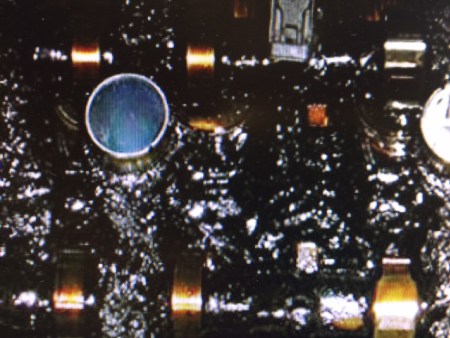How to Test Engine Compression John Baker|Mar 13, 2017 2:16 PM Engine compression = engine power. A simple equation even we non-engineers can understand. Compression refers to the pressure your engine generates inside the cylinders while it’s running. How much pressure the engine produces and how well it converts that pressure into usable work influence […]
You are browsing archives for
Tag: maintenance
What to Do When Your Car is Underwater
What to Do When Your Car is Underwater Ed Newman|Sep 07, 2017 2:57 PM Hurricane Harvey hit Houston hard. Tragically, reports say the hurricane claimed the lives of at least 60 people. It has also wrought devastation to countless communities and households. It seems meaningless by comparison to the lives lost, but some reports say […]
CLEAN, PROTECTED POWER
CLEAN, PROTECTED POWER: NEW PRODUCTS EXPAND OPPORTUNITY To better target landscapers, contractors and other professionals who rely on small engines to make a living, AMSOIL Formula 4-Stroke® Synthetic Small Engine Oil (ASE) has been updated with a new name, label and packaging. Its formulation remains unchanged. Its current pricing remains in effect until April 1, […]
How Engine Sludge Forms. And How To Prev...
How Engine Sludge Forms. And How To Prevent It. Ed Newman|Mar 08, 2017 2:10 PM Sludge. It’s a disgusting phenomenon. Even the word sounds gross, like the thing it’s describing. The word for this is onomatopoeia, a strange word that many of us learned in high school English class. Splash. Grunt. Whoosh. Swish. Hiss. Frumpy. […]



